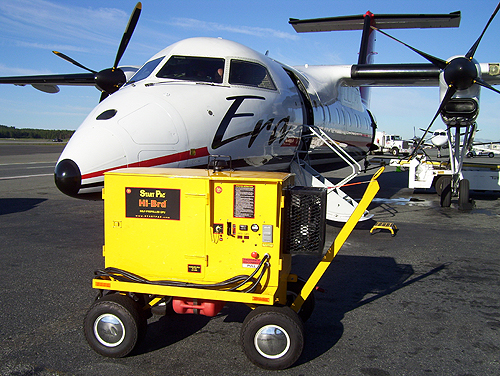Whenever you start a motor using a battery, the highest load (regarding amperage) occurs at the start. As the motor applies the load, the voltage of the battery will begin to drop. The better the quality of the battery, the lower the drop in voltage. However, other considerations affect the output and lifetime of the battery:
Battery life depends on the number of discharge cycles. The more the internals of the battery run under load, the sooner the capacity decreases. Lead Acid batteries, for example, suffer the most when completely discharged. Under those circumstances, a battery will last around 400 cycles. Careful use and charging can increase the lifetime to as many as 1000+ cycles.
Environmental temperature also affects the performance of batteries. Cold weather affects all batteries, and extreme cold weather will reduce the output of a battery significantly. In such scenario where you require enough power to start a motor in cold weather, use a battery of significantly larger capacity.
Also, it is critical that you recharge a battery as soon as possible after use and avoid completely discharging the battery or you risk irreversible damage. The sooner you charge the battery after use, the more likely you will maintain both capacity and lifetime.
In short, handle batteries with care for the best long term performance and capacity.

